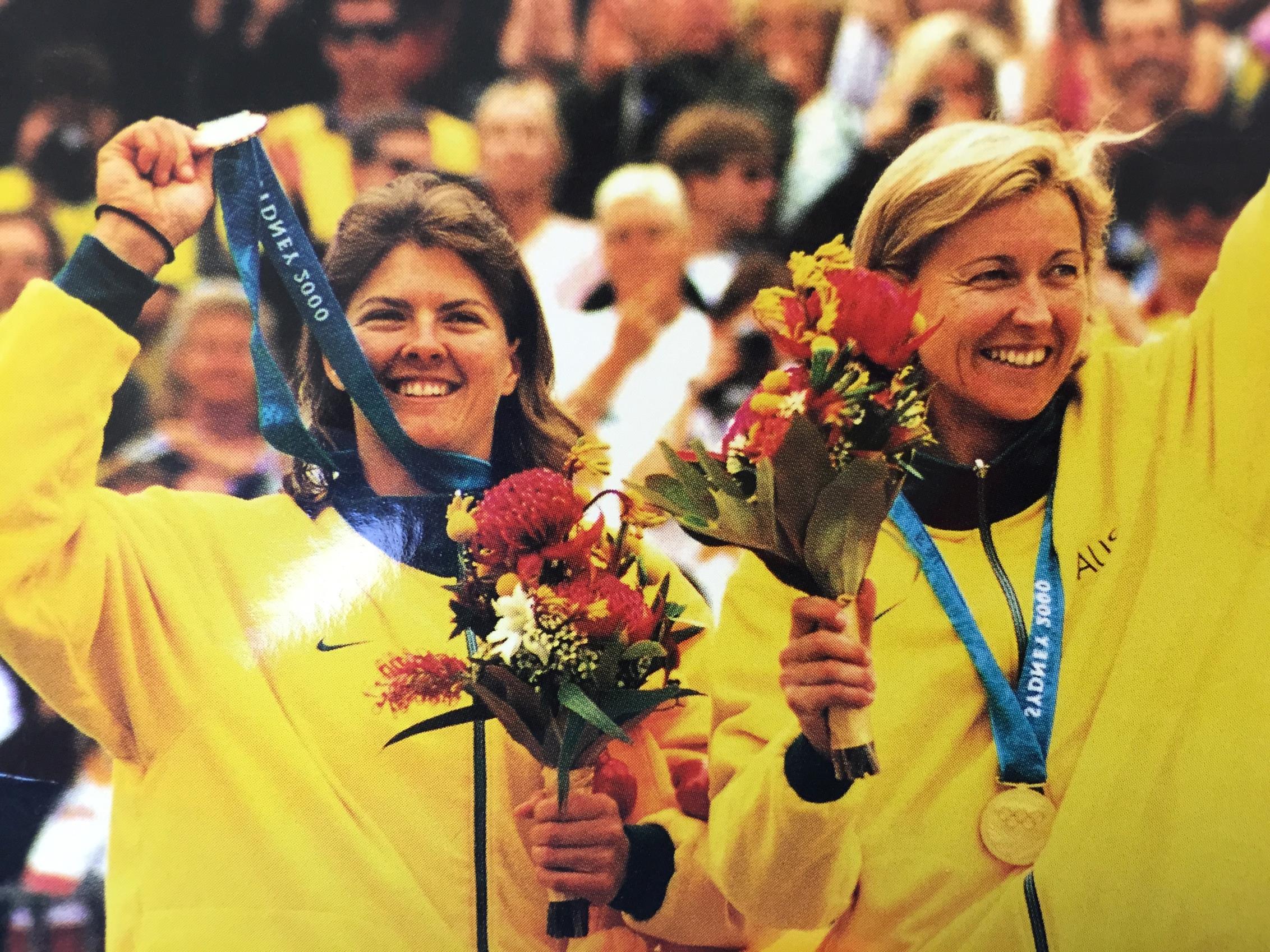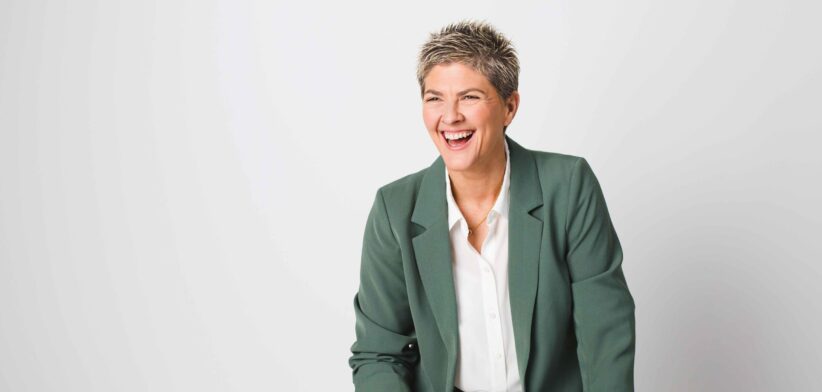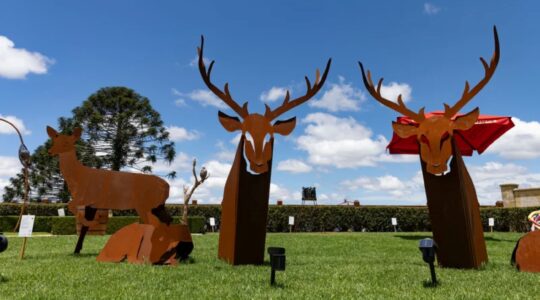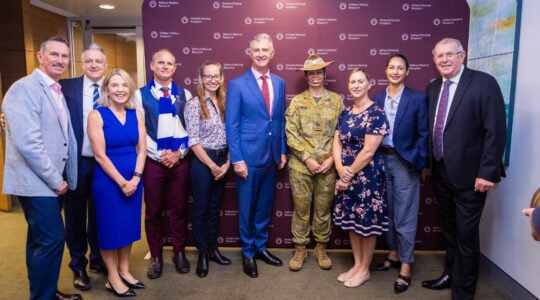By Steve Zeppa
A new co-funding model would help set up Australian athletes for success at the Brisbane 2032 Olympic and Paralympic Games and beyond.
Sydney Olympics beach volleyball gold medallist Nat Cook said financial barriers were the biggest hurdles facing athletes striving to wear the green and gold.
On the recent 25th anniversary of the opening ceremony of the Sydney Games, Cook reflected on her journey to gold in an interview with Newsreel.
With seven years to go to the Brisbane showcase, she said she hadn’t even played a game of beach volleyball seven years out from Sydney 2000.
“I just finished grade 12 and I played every sport at school, from basketball to tennis to Taekwondo. I played everything.”
Cook, who had made the under 19 national indoor volleyball team, was identified by beach volleyball trailblazer Anita Palm as a talent and the switch to sand was made.
She said her seven-year journey to Sydney gold, with a pitstop in the US for an Atlanta Games bronze medal in 1996, mirrored that of many young athletes working towards 2032 glory, who have an initial target of Los Angeles in 2028.
“The timing is perfect for an athlete now to start plotting their journey, starting with the dream and working backwards.
“You want to set big goals and dream of winning an Olympic gold medal at home in 2032. Keep one eye on the prize and one eye on the process.
“It’s a little like a business plan. Athletes need to build their game plan, but also their funding roadmap.”
And it is in that space that Cook is working to help the next wave of champions through her Aussie Athlete Fund, where she helps athletes boost their ability to fund their ambitions.
“My lens now is completely financial. I believe everyone is training in a nice gym, they have great coaches, great systems, great processes, great analytics.
“It is the financial cost of pursuing the green and gold in a lot of our sports which is an inhibitor to success.”
She said most people would be unaware that many athletes representing Australia had to pay their own way to overseas events, even having to pay for their own national uniforms in many cases.
“As an Olympian you get everything paid for two weeks every four years, but not in the lead up to qualify.”
Cook said a Federal funding model, dAIS, offered tiered support based on success, with the amount available to the best athletes in Australia still well below the minimum wage.
She said this meant non-sponsored athletes still needed to juggle work and training and undertake extra fund-raising activities to survive.
“But you have to be careful, if you raise too much money yourself, you have to start handing back any grant money you received.”
She said if the Federal Government matched money raised by athletes, dollar-for-dollar, it would go a long way to lowering the financial hurdle athletes faced.
Such a move would maximise the impact of athletes being supported through the Aussie Athlete Fund.
Cook said the Fund helped modern athletes leverage modern fundraising techniques.
“Back in my day it was car washing, or selling raffle tickets and meat trays at the Coles in Corinda, but today we have modern tools, tax deductibility through the Australian Sports Foundation, technology.”
She said the Aussie Athlete Fund filled the athletes’ backpack with those tools and taught them how to use them.
“We teach them to use the tools in the appropriate situations, from going to events and storytelling, from being interviewed to sharing on socials.
“We teach them how to be content creators and how they showcase their own voice, as well as learning how to ask for direct funding support.”
Cook said the Fund also exposed them to corporate opportunities and partners, with a recent Summit, sponsored by TechnologyOne, allowing more athletes to be involved.
“TechnologyOne provided the venue and the technology so we could go national and not just provide support to locals.
“We had about 50 athletes in person or online and were able to give them some of the skills to build self-sustaining career.”
Cook said 25 years after her golden triumph she was striving for her legacy to be leaving the green and gold jersey in a better place than when she wore it, with a change to funding support systems core to that mission.
She said that is why the Aussie Athlete Fund’s stated mission is “Building a Sustainable Athlete Economy”.









